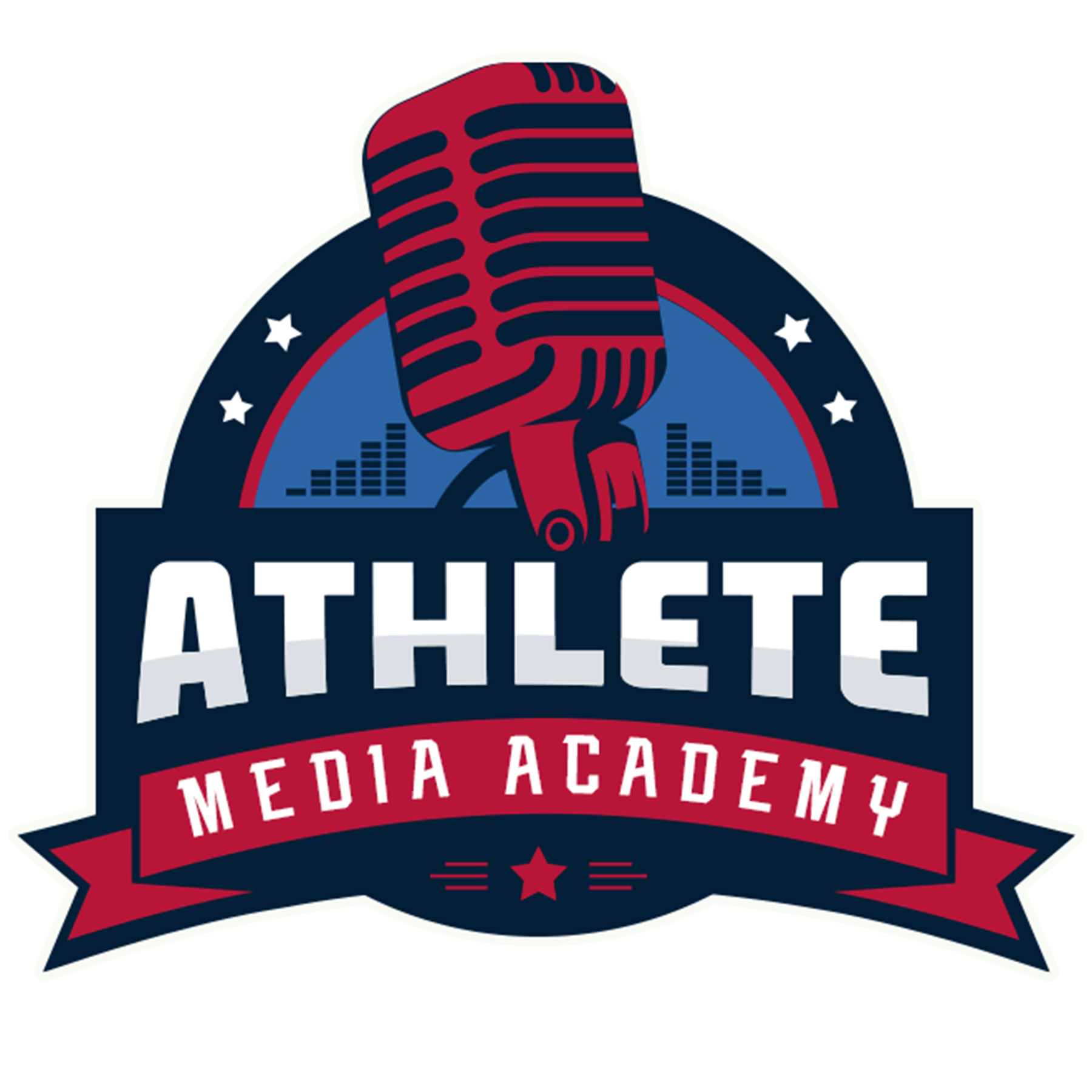Lesson 4: Working with the Media During a Crisis
Lesson Overview
Media attention intensifies during a crisis, and athletes must navigate interviews and press coverage carefully. Understanding how to engage with journalists, control messaging, and maintain professionalism can make the difference between managing a crisis effectively or escalating it further. This lesson explores best practices for working with the media in high-pressure situations.
Learning Objectives
By the end of this lesson, athletes will be able to:
✅ Understand the role of the media in crisis situations.
✅ Identify key strategies for effective media engagement during a crisis.
✅ Develop clear, consistent messaging to maintain control of the narrative.
✅ Use press conferences, interviews, and social media strategically.
Section 1: The Role of the Media in a Crisis
The media plays a crucial role in shaping public perception during a crisis.
✔️ Informing the Public: Media outlets report on developments, often shaping the first impression of an event.
✔️ Seeking Accountability: Journalists push for answers to hold public figures accountable.
✔️ Amplifying Messages: Both positive and negative narratives can spread quickly.
✔️ Framing the Narrative: The way a story is presented influences how the public perceives an athlete’s response.
🔹 Discussion: How have athletes successfully used the media to control their narrative during a crisis?
Section 2: Best Practices for Engaging with the Media
✔️ Be Transparent but Strategic: Acknowledge the issue honestly while carefully choosing words to avoid misinterpretation.
✔️ Stick to Key Messages: Stay focused on predetermined talking points to prevent the media from leading the narrative.
✔️ Control the Narrative: Frame the discussion around lessons learned and steps being taken rather than dwelling on the controversy.
✔️ Stay Professional: Avoid defensive or emotional responses that can escalate media scrutiny.
✔️ Choose the Right Spokesperson: In some cases, a coach, agent, or PR representative may be best suited to address the media.
🔹 Activity: Athletes develop a set of key messages and practice responding to mock media questions in a crisis simulation.
Section 3: Managing Different Media Platforms
✔️ Press Conferences: Best for addressing multiple journalists at once with a controlled statement.
✔️ One-on-One Interviews: Allows for more in-depth messaging but requires preparation to stay on message.
✔️ Social Media: Can be used to directly communicate with the public but requires careful wording to avoid further controversy.
✔️ Official Statements: Formal press releases provide an official response while minimizing the risk of off-the-cuff remarks.
🔹 Exercise: Review past press conferences where athletes effectively handled media scrutiny. Identify what worked well and areas for improvement.
Final Takeaways & Next Steps
✔️ Final Activity: Athletes craft and record a mock press statement addressing a hypothetical crisis.
✔️ Key Takeaway: Thoughtful media engagement during a crisis helps shape public perception, rebuild credibility, and reinforce an athlete’s integrity.
✅ Next Steps:
- Develop a personal media engagement strategy for crisis situations.
- Identify key PR professionals or media advisors to consult when necessary.
- Review previous crisis responses from public figures to analyze successful strategies.

